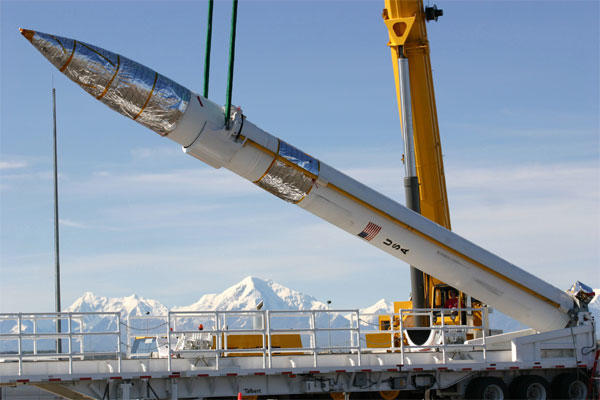The U.S. Missile Defense Agency is evaluating potential missile-defense sites on the East Coast to fortify existing interceptor locations in Alaska and California.
"The effort has started in terms of defining criteria and evaluating sites," Navy Vice Adm. James Syring, the agency's director, said during a May 9 hearing of the Senate Armed Services strategic forces subcommittee. "Some of the criteria that will be finalized and approved includes assessments of things such as booster drop zones, proximity to populations and the overall operational efficacy of the site."
Senior Pentagon leaders told lawmakers that three or more locations may be identified, in accordance with last year's National Defense Authorization Act, which specified the need to explore a third U.S.-based interceptor location.
"The MDA is currently in the process of developing criteria to identify a candidate list of sites. From a candidate list of sites there will be a narrowing down to at least three. [Environmental impact statements] will be completed for all of those. Should there be a decision that we need an East Coast site, this would allow an acceleration of the time that we would need," said Madelyn Creedon, assistant secretary of defense for global strategic affairs.
Discussion of a third U.S. site comes after the Pentagon announced that 14 more ground-based interceptors, or GBIs, will be added to the arsenal in Fort Greely, Alaska. The $1 billion effort, to be completed by 2017, will bring the total number of GBIs at Fort Greely and Vandenberg Air Force Base, Calif., from 30 up to 44.
Although MDA and Pentagon leaders told lawmakers that the current missile-defense posture is sufficient to meet potential threats, the third U.S.-based site could increase the nation's ability to detect and protect against future or "evolving" threats, which are likely to involve more sophisticated intercontinental ballistic missiles, Syring added.
"We have coverage to protect the homeland across all our systems," Syring told the subcommittee.
At the same time, the MDA is also conducting a series of studies to assess strategies for anticipating future threats and analyzing more complicated "debris scenes," Syring said.
"Sensor capability and discrimination capability cannot be understated. Other factors I will look at in terms of us staying ahead of the threat include assessment capability -- the warfighter's ability to do a proper kill assessment once interceptors are shot," Syring added.
Nonetheless, senior military leaders underscored the ability of the current U.S. missile defense configuration to meet current and future threats.




























